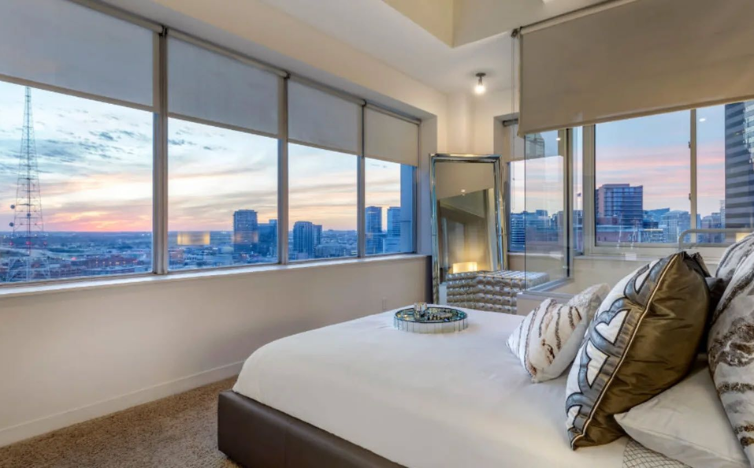Living in a high-rise apartment often comes with its fair share of noise challenges. From neighbor disturbances to city sounds, soundproofing is essential for a peaceful and comfortable living experience. This article explores practical and effective soundproofing solutions tailored for high-rise apartments.
Understanding the Noise Problems in High-Rise Apartments

Types of Noise
High-rise apartments are susceptible to various types of noise, including:
- Impact Noise: Footsteps, furniture movement, or objects dropping on floors above.
- Airborne Noise: Voices, music, or traffic sounds entering through walls or windows.
- Structural Noise: Vibrations traveling through the building’s structure, such as elevators or plumbing.
Why Noise is Amplified
The construction materials and proximity of units in high-rise buildings often allow sound to travel more freely. Thin walls, shared floors, and large windows can exacerbate the problem.
Soundproofing Walls
Acoustic Panels
Installing acoustic panels on walls can reduce sound reflections and minimize noise transfer. Fabric-wrapped panels are a great option as they combine functionality with aesthetics.
Mass Loaded Vinyl (MLV)
Adding MLV to walls is a highly effective way to block airborne noise. This dense material can be applied behind drywall for optimal results.
Double-Layer Drywall
A second layer of drywall with a soundproofing compound like Green Glue can significantly reduce noise transmission.
Soundproofing Floors
Carpets and Rugs
Thick carpets or rugs with soundproof underlays can absorb impact noise from above and below.
Acoustic Underlayment
Installing acoustic underlayment beneath hardwood or laminate flooring is an effective way to reduce footstep noise.
Floating Floors
Floating floor systems create a barrier between the floor and the structure, minimizing vibration noise.
Soundproofing Ceilings
Acoustic Panels for Ceilings
Ceiling-mounted acoustic panels can reduce echoes and block noise from upper units.
Resilient Channels
Installing resilient channels in ceilings helps decouple the drywall, reducing structural noise transmission.
Drop Ceilings
A drop ceiling with sound-absorbing tiles is another effective solution for managing overhead noise.
Upgrading Windows
Acoustic Laminated Glass
Replacing standard windows with acoustic laminated glass can block city sounds and improve thermal insulation.
Window Inserts
For a less invasive option, window inserts create an additional sound barrier without replacing existing windows.
Heavy Curtains
Installing soundproof curtains can further block outside noise and enhance privacy.
Sealing Gaps and Cracks
Door Sweeps and Weatherstripping
Adding door sweeps and weatherstripping seals gaps under doors and windows, preventing noise leakage.
Acoustic Sealant
Applying acoustic sealant to cracks around walls, windows, and doors stops sound from traveling through gaps.
Utilizing Furniture and Decor
Bookshelves and Upholstered Furniture
Placing bookshelves against shared walls and using upholstered furniture can absorb noise and prevent it from bouncing around the apartment.
Thick Curtains and Wall Hangings
Heavy drapes and decorative wall hangings add an extra layer of sound absorption while enhancing the apartment’s aesthetics.
Call us: Contact DeSound Soundproofing Expert in Dubai For Soundproofing: +971 56 231 4204
Conclusion
Soundproofing a high-rise apartment requires a combination of solutions tailored to specific noise issues. By addressing walls, floors, ceilings, windows, and small gaps, you can create a quieter, more peaceful living environment. Whether you choose DIY methods or hire professionals, soundproofing is an investment in your comfort and quality of life.

